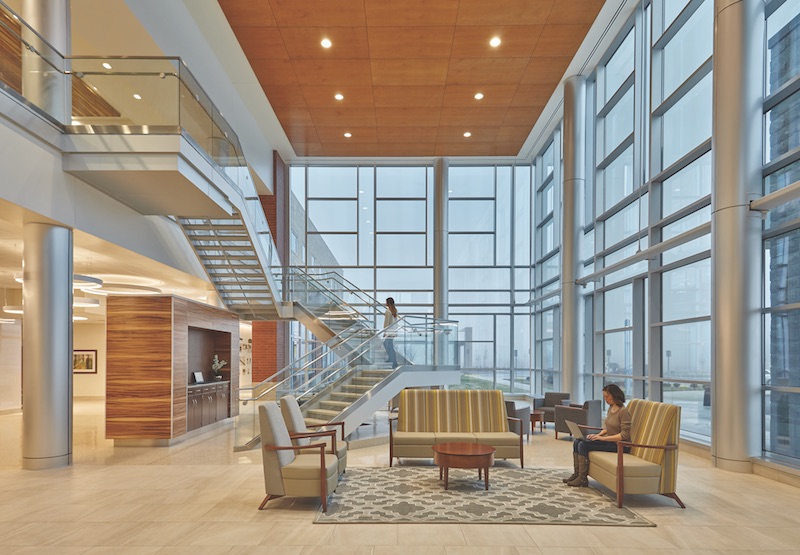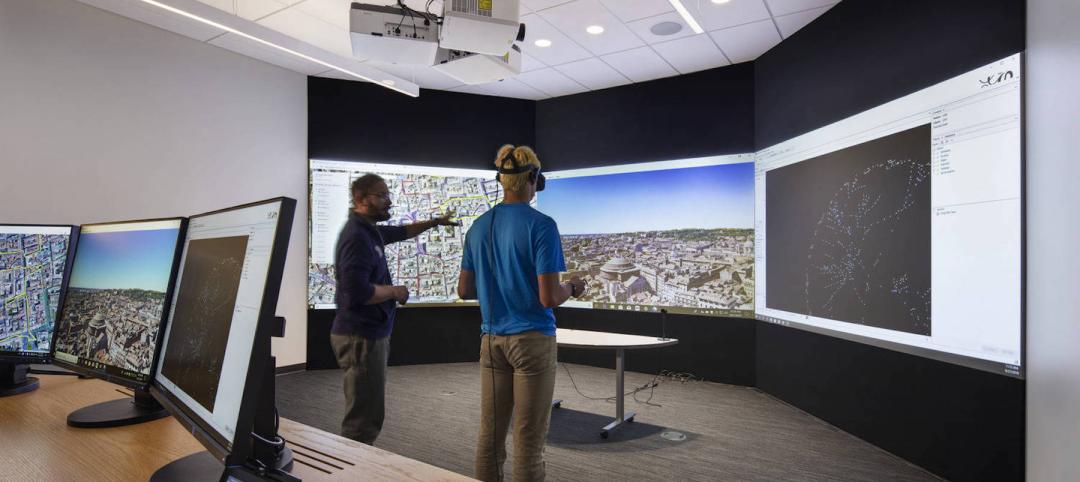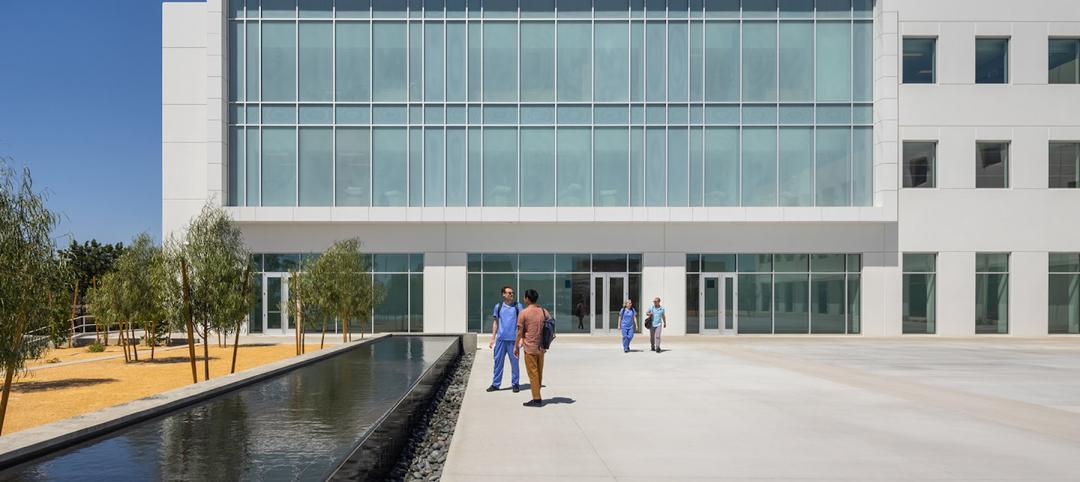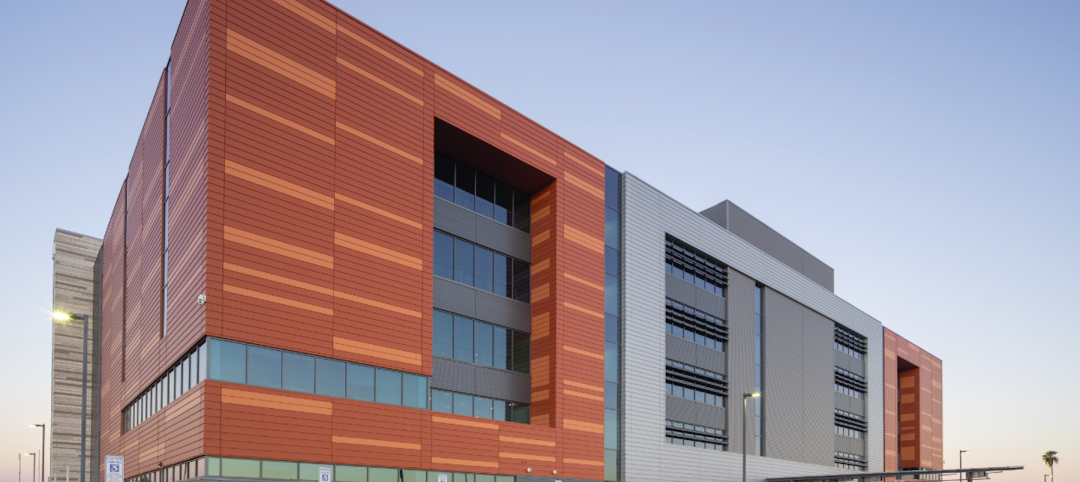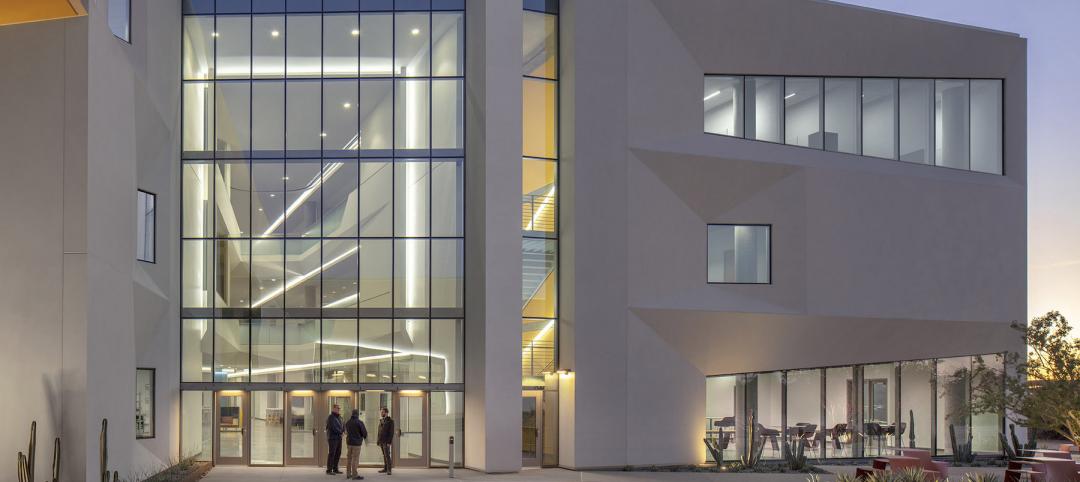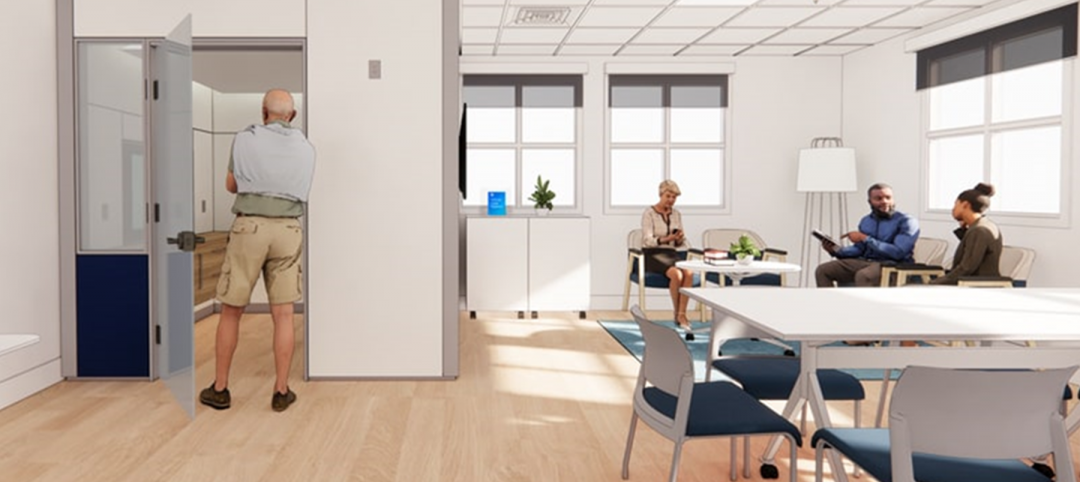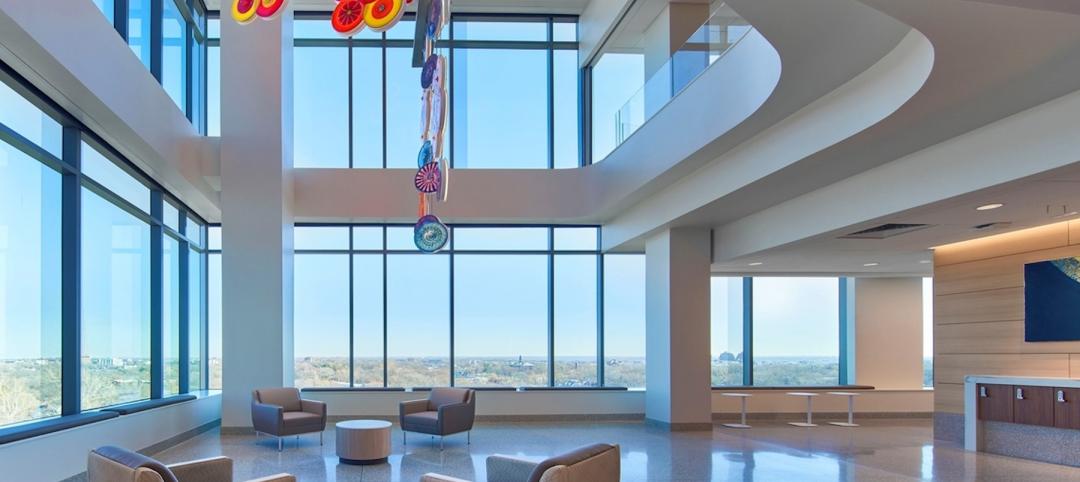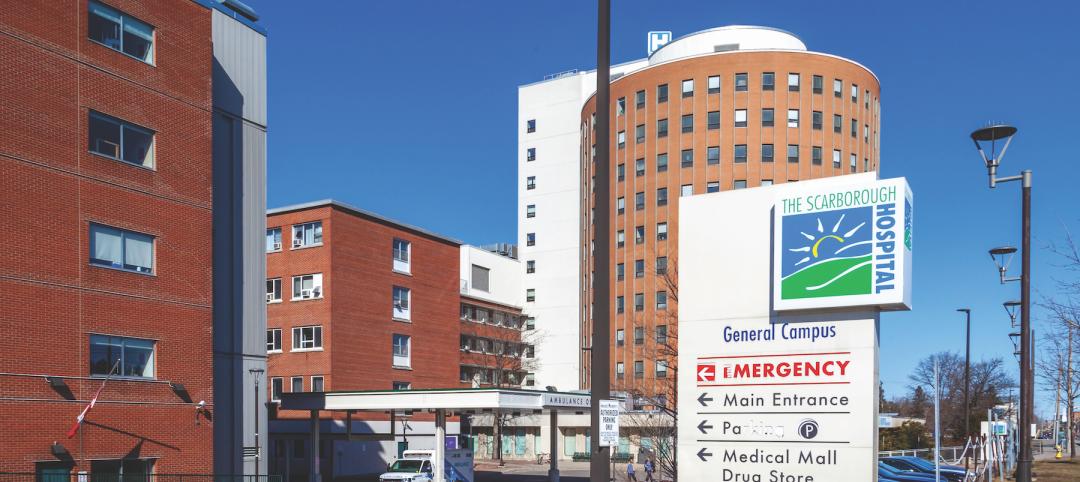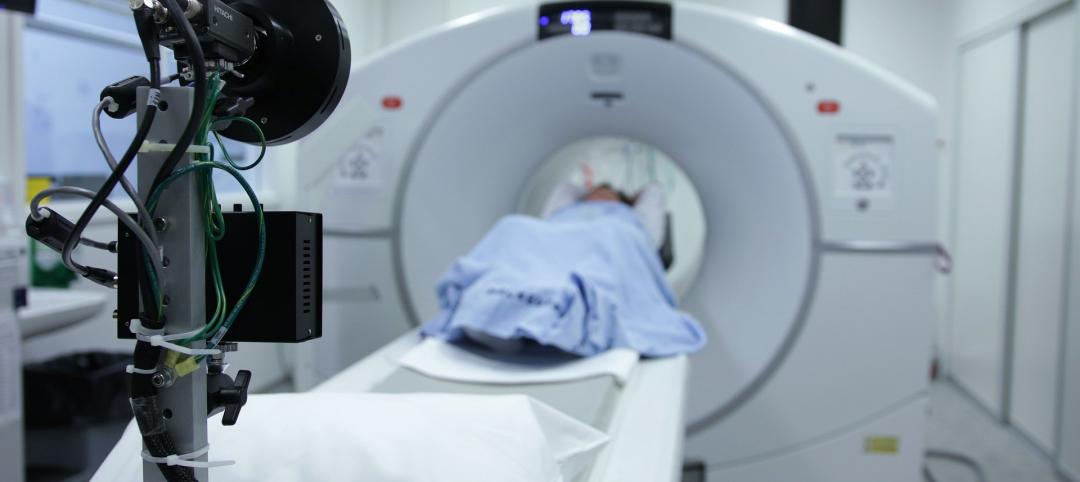No matter how things play out with the American Health Care Act, the proposed replacement for Obamacare, hospital administrators agree on one thing: “They’re going to have less money available for the care they provide,” says Collin Beers, AIA, Senior Principal, Stantec.
That has put the pinch on large-scale projects. “With uncertainty over reimbursement rates, we’re seeing fewer proposals for greenfield hospitals,” says Randy Keiser, Vice President, National Healthcare Director, Turner Construction Company. For approved projects, one popular cost-saving tactic has been to shrink rooms. “There’s been a downsizing of about 10% over the past decade,” says Keiser. “Now, many hospitals are under 2,000 sf per bed.”
Healthcare organizations continue to look for merger and acquisition opportunities to realize economies of scale, restructure their organizations, expand their geographic reach, and “rightsize” to eliminate redundant services. Stantec’s master planning service helps hospital systems with strategic planning, programming, project sequencing, and cost estimating for capital projects.
Mergers can sometimes result in improved quality of care, Beers says. “They can aggregate specialty services and create centers of excellence,” he says. A larger, more financially sound organization could have the resources to build a centralized, state-of-the-art facility in, say, cardiology or ophthalmology, with the aim of attracting top-notch specialists and fortifying the organization’s brand.
ALSO SEE: BD+C GIANTS 300 HEALTHCARE RANKINGS
Top 125 healthcare architecture firms
Top 80 healthcare engineering firms
Top 110 healthcare construction firms
Malls and strip malls have become popular locations for specialty centers and other outpatient facilities. There’s usually a lot of parking, and there may even be bus service. “In retail zones, patients have things they can do before and after their appointments,” Beers says.
Adaptive reuse of big-box stores offers unique advantages. The high ceilings of a former Kmart provide flexibility to install the extensive networks of infrastructure, Beers says. The fact that only the front elevation may need a facelift is also a plus. And with the shell already in place, the construction timetable could be faster than new construction.
But extensive and costly HVAC renovations are often necessary. Many spaces have to be partitioned. Existing systems that served big open spaces have to be rebuilt. In the end, the cost savings of turning a big-box store into an outpatient facility may not be that great. “All in all, it might be only slightly more affordable than it would be to build new,” Beers says.
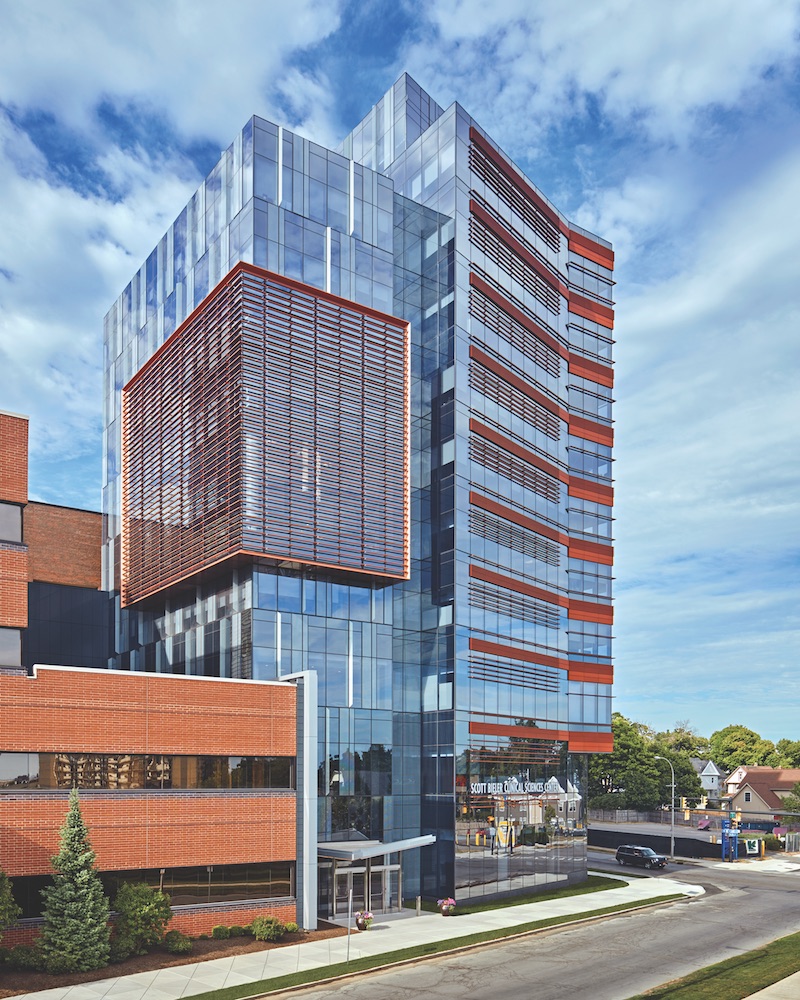 The 142,000-sf Scott Bieler Clinical Science Center serves as the new campus entryway for the 15-building, 24-acre Roswell Park Cancer Institute in downtown Buffalo, N.Y. The tower’s angular glass exterior is accented with a three-story “infusion box” with highlights of copper-mesh-embedded glass. On the Building Team: FXFOWLE (architect), Severud Associates (SE), Watts Engineering (MEP), C & S Companies (CE), and Axis Facades USA (façade consultant). © Robert Benson.
The 142,000-sf Scott Bieler Clinical Science Center serves as the new campus entryway for the 15-building, 24-acre Roswell Park Cancer Institute in downtown Buffalo, N.Y. The tower’s angular glass exterior is accented with a three-story “infusion box” with highlights of copper-mesh-embedded glass. On the Building Team: FXFOWLE (architect), Severud Associates (SE), Watts Engineering (MEP), C & S Companies (CE), and Axis Facades USA (façade consultant). © Robert Benson.
BETTER HEALING THROUGH TECHNOLOGY innovation
Some hospitals have adopted mobile tracking technology so that nurses can quickly locate equipment. “This can reduce the amount of equipment needed and the amount of spaces for their storage,” Beers says.
Technology can also come in the form of a wristband worn by patients. Instead of stewing in a noisy, stressful waiting room, patients (and their families) can relax in the cafeteria or healing garden and be notified instantly when it is their turn for a test or X-ray. This improves the patient experience and allows the facility to reduce or repurpose waiting areas.
Another technology-related trend to watch: telehealth, which offers virtual monitoring of a patient’s condition. Fifty-four hospitals have opened telehealth ICUs across the country, according to Crain’s Chicago Business. They look like air traffic control rooms, with giant monitors filled with patients’ medical data. High-definition cameras and audio equipment allow doctors and nurses to zoom in on patients and speak to them from afar.
The $54 million, 125,000-sf Mercy Virtual Care Center, in Chesterfield, Mo., enables more than 300 medical professionals to watch over patients at 38 hospitals in seven states. A Mercy official has stated that a 40% reduction in expected mortality rates in its ICUs was largely due to early interventions enabled by the Virtual Care Center’s monitoring capability.
Hospital designers are helping healthcare organizations improve patient outcomes, especially for preventable, never-should-happen occurrences like infections and slips, trips, and falls, says Keiser. Light fixtures that can kill deadly microorganisms such as MRSA and Aspergillus are gaining favor, as are antimicrobial hardware and curtains. Medical facilities are doubling down on handrails and slip-resistant flooring in patient rooms and bathrooms to reduce injuries.
In surgical units Keiser notes that advances in cardiology have made it possible for less invasive heart surgery. This makes for not only faster recovery times but also faster surgeries. As a result, some hospitals have reduced the number of ORs for cardiology and converted those spaces to catheter labs.
At a time of great uncertainty for healthcare providers, facilities designers need to be open to finding new approaches as a project progresses.
“The vast majority of healthcare projects have changes during design and construction,” Keiser says. “This seems more prevalent than it was 20 years ago.”
Related Stories
AEC Tech | Aug 8, 2022
The technology balancing act
As our world reopens from COVID isolation, we are entering back into undefined territory – a form of hybrid existence.
| Aug 3, 2022
Designing learning environments to support the future of equitable health care
While the shortage of rural health care practitioners was a concern before the COVID-19 pandemic, the public health crisis has highlighted the importance of health equity in the United States and the desperate need for practitioners help meet the needs of patients in vulnerable rural communities.
Healthcare Facilities | Aug 1, 2022
New Phoenix VA outpatient clinic is one of the largest veteran care facilities in the U.S.
The new Phoenix 32nd Street VA Clinic, spanning roughly 275,000 sf over 15 acres, is one of the largest veteran care facilities in the U.S.
Building Team | Jul 12, 2022
10 resource reduction measures for more efficient and sustainable biopharma facilities
Resource reduction measures are solutions that can lead to lifecycle energy and cost savings for a favorable return on investment while simultaneously improving resiliency and promoting health and wellness in your facility.
Healthcare Facilities | Jun 22, 2022
Arizona State University’s Health Futures Center: A new home for medical tech innovation
In Phoenix, the Arizona State University (ASU) has constructed its Health Futures Center—expanding the school’s impact as a research institution emphasizing medical technology acceleration and innovation, entrepreneurship, and healthcare education.
Healthcare Facilities | Jun 20, 2022
Is telehealth finally mainstream?
After more than a century of development, telehealth has become a standard alternative for many types of care.
Codes and Standards | Jun 14, 2022
Hospitals’ fossil fuel use trending downward, but electricity use isn’t declining as much
The 2021 Hospital Energy and Water Benchmarking Survey by Grumman|Butkus Associates found that U.S. hospitals’ use of fossil fuels is declining since the inception of the annual survey 25 years ago, but electricity use is dipping more slowly.
Healthcare Facilities | Jun 13, 2022
University of Kansas Health System cancer care floors foster community and empathy
On three floors of Cambridge Tower A at The University of Kansas Health System in Kansas City, patients being treated for blood cancers have a dedicated space that not only keeps them safe during immune system comprising treatments, but also provide feelings of comfort and compassion.
Sponsored | Healthcare Facilities | May 3, 2022
Planning for hospital campus access that works for people
This course defines the elements of hospital campus access that are essential to promoting the efficient, stress-free movement of patients, staff, family, and visitors. Campus access elements include signage and wayfinding, parking facilities, transportation demand management, shuttle buses, curb access, valet parking management, roadways, and pedestrian walkways.
Healthcare Facilities | Apr 19, 2022
6 trends to watch in healthcare design
As the healthcare landscape continues to evolve, IMEG’s healthcare leaders from across the country are seeing several emerging trends that are poised to have wide-ranging impacts on facility design and construction. Following are six of the trends and strategies they expect to become more commonplace in 2022 and the years to come.


